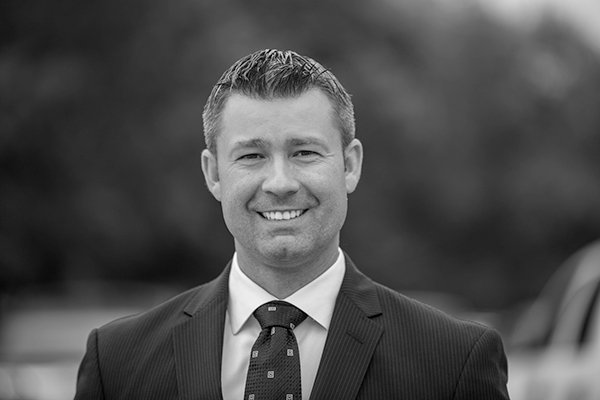Why Human Performance Is the Hidden Engine Behind High-Stakes Success
Chuck Centore | President of PM&E
In the world of capital projects, energy systems, and mission-critical operations, technology gets the spotlight. But behind every successful launch, safe startup, and flawless turnaround is a less visible force: human performance.
Over the past several decades, one truth has become undeniable—no matter how advanced our systems are, people still make or break outcomes. And not because they are careless or untrained, but because we are human: prone to fatigue, stress, cognitive overload, and organizational influence.
Through studying high-reliability industries such as nuclear, aviation, aerospace, and healthcare, we’ve gained powerful insight into what drives (and degrades) performance. A few “aha” moments stand out.
1. Error Is Normal. Systems Must Account for It.
People make mistakes. Even experienced professionals. High-performing organizations accept this and design defenses around it. Pre-job briefs, self-checks, peer checks, and checklists aren’t just tools, they’re cognitive safety nets. Their purpose is simple: ensure that what’s supposed to happen is what actually happens.
2. Cognitive Load and Stress Are Invisible Risks
In complex environments, our brains get overwhelmed. Working memory can juggle only 5–9 items. Add time pressure or stress, and performance crumbles. That’s why thoughtfully designed procedures, alarms, and control interfaces are critical. Good design supports humans under pressure, while poor designs increase the likelihood of failure.
3. Fatigue Degrades Performance as Much as Alcohol
We wouldn’t tolerate intoxicated decision-makers, yet we allow fatigue to slip in under the radar. Studies show that 20+ hours without sleep mirrors the effects of being legally drunk. Fatigue risk management, through rest policies, ergonomic design, and workload planning, isn’t an HR issue; it’s frontline risk control.
4. Culture Shapes Behavior More Than Rules
One of the most powerful insights: individuals behave based on the system around them. A strong safety culture, where speaking up is encouraged, near-misses are valued, and accountability is fair, enables even average performers to do exceptional things. Conversely, fear-based or complacent cultures set the stage for silent failure.
5. Resilience Is the Real Goal
Even when things are designed well, surprises happen. The most successful teams aren’t those that avoid all problems; they’re the ones that adapt quickly, communicate effectively, and recover with minimal impact. This is why high-reliability organizations train not just for routine tasks, but for what-if scenarios. Apollo 13 remains a classic example; not everything went right, but the team’s adaptability saved lives.
6. Human Performance Is a System Property
This may be the most transformative idea: performance doesn’t reside in individuals alone. It emerges from how people, processes, tools, and culture interact. A great operator in a poor system will still fail. But a well-designed system allows average individuals to perform at an exceptional level. That’s why project teams, leadership, and engineering must think holistically.
From the DOE’s Human Performance Improvement framework to Shell’s Flawless Project Delivery to Crew Resource Management in aviation, the best systems treat human performance as a design challenge, not a human flaw to be managed.
In my work with commissioning, project startup, and operations support, I’ve seen firsthand the difference this mindset can make. When human factors are prioritized, project risk drops, startup issues fall, and teams function with greater alignment and trust.
The takeaway? Invest in the human element. Not just with training, but by shaping the environment people work within; through better tools, smarter procedures, clearer communication, and a culture that values resilience over perfection.
In high-stakes environments, performance isn’t about avoiding mistakes. It’s about building systems that anticipate them, catch them early, and recover gracefully. That’s where real reliability begins.









